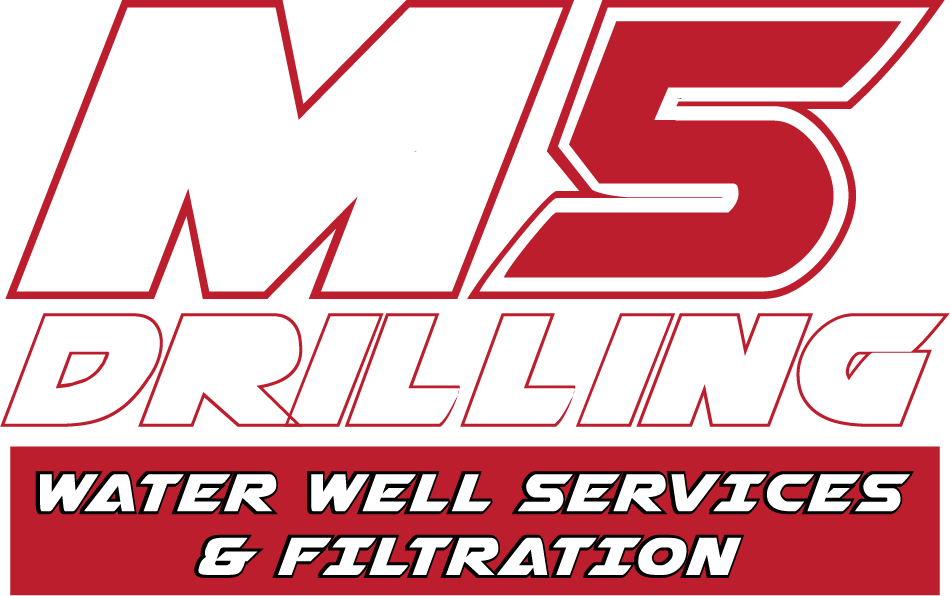FAQs
-
Factors such as access to municipal water, water quality, and water quantity needs play a role in deciding if a water well is necessary. A professional site assessment can help determine the feasibility of drilling a well on your property.
-
Common drilling methods include rotary drilling, percussion drilling, and auger drilling. The choice depends on geological conditions and the specific requirements of the project.
-
The drilling depth depends on factors such as the depth of the water table and the geological characteristics of the area. A thorough site assessment by a qualified professional is essential to determine the optimal drilling depth.
-
Permit requirements vary by location. It's essential to check with local authorities to understand the necessary permits and regulations. Working with a licensed drilling professional can help streamline the permitting process.
-
Water quality testing is crucial to ensure that the extracted water is safe for consumption. Tests typically include analysis for pH, turbidity, minerals, and potential contaminants.
-
Regular maintenance is necessary to ensure the well's longevity and optimal performance. Maintenance tasks may include inspecting the wellhead, checking the pump, and monitoring water quality. The frequency of maintenance depends on factors such as well usage and local conditions.
-
Costs vary based on factors like drilling depth, equipment used, site conditions, and local regulations. It's advisable to obtain quotes from reputable drilling contractors and factor in potential additional costs such as permits and water quality testing.
-
Yes, alternative energy sources like solar power are increasingly being used to power well pumps, providing an environmentally friendly and cost-effective solution.
-
Yes, advancements in drilling technologies continue to evolve. Stay informed about innovations such as smart well monitoring systems, efficient drilling techniques, and sustainable practices for water extraction.
